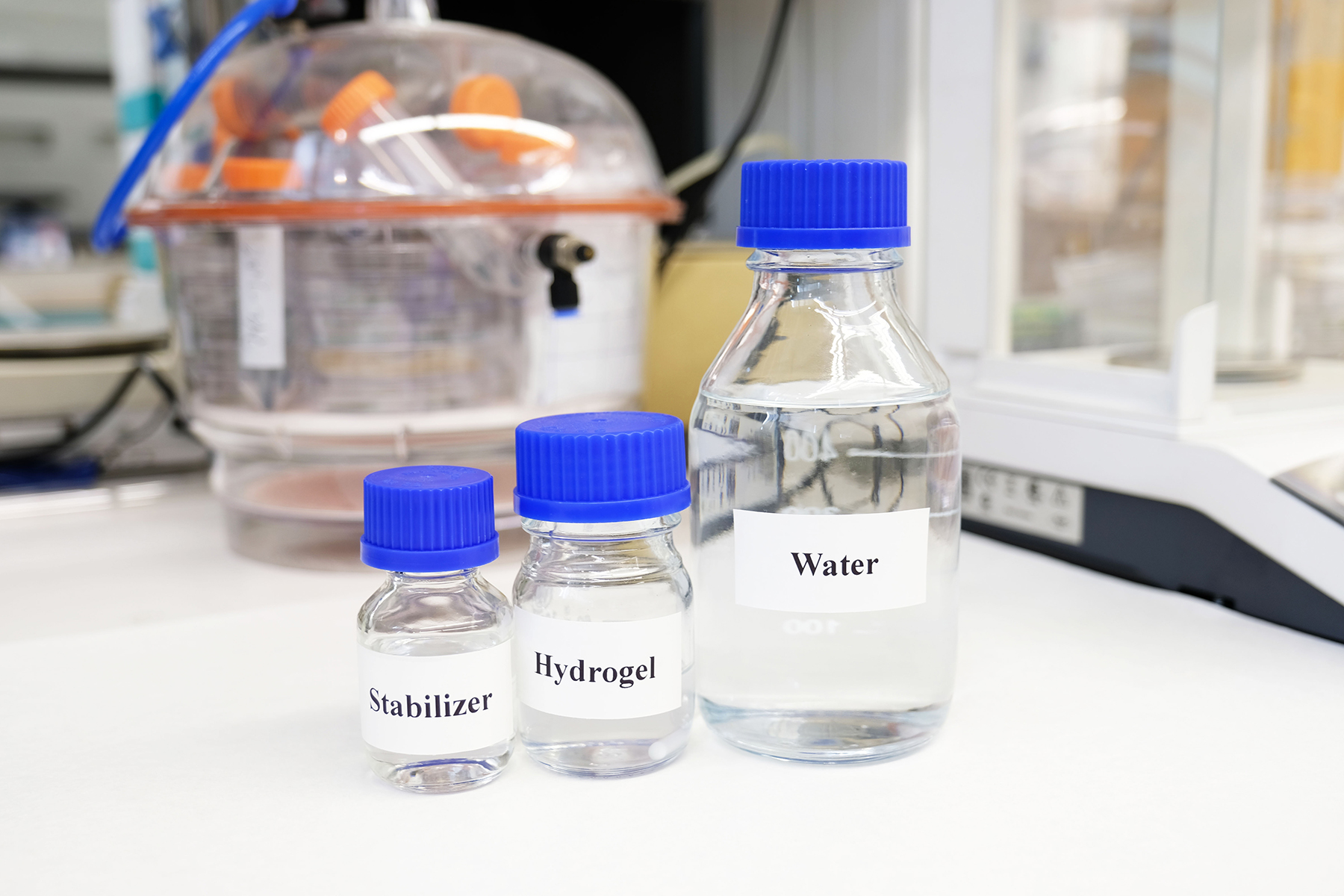 [Enter photo credit]
[Enter photo credit] Windows are key to improving the energy efficiency of buildings. Given that carbon emissions from buildings reached a record high in 2019 according to the International Energy Agency, the pressure is on to develop energy efficiency solutions that can keep up with building growth. Scientists at the Nanyang Technological University in Singapore are addressing this challenge through a smart window, which seals a hydrogel-based liquid between its panels.
The smart window
The window consists of two glass panes sandwiching a liquid mixture of hydrogel, water, and stabilizer. The transparent mixture turns opaque when exposed to heat and blocks sunlight. When cool, it returns to its original clear state.
By blocking the sun during the day, the smart windows regulate solar transmission into buildings’ interiors.
Water has a high heat capacity, which means the windows can store a large amount of energy during the daytime instead of transferring it through the glass into buildings. This means less air conditioning is required to regulate interior temperatures. The heat captured by the windows releases slowly during the night. “The stored heat will be released to the environment and the room,” says Yi Long, Ph.D, a senior lecturer at the university’s School of Materials Science & Engineering. “The best location to apply this technology is in countries where the daily temperature fluctuation is high. The noon heat can be stored and released during the cooler time at night.”
Tests show promise
Long and her research team conducted various tests to evaluate the potential efficiency improvements these windows could deliver. In simulations conducted using real-life building models and weather data from Shanghai; Las Vegas; Riyadh, Saudi Arabia; and Singapore, the windows demonstrated they could save 45 percent of heating, ventilation, and air-conditioning costs over normal glass windows.
The smart windows also moved a building’s peak heat to a later time in the day, which might help in less energy being consumed for air conditioning during the workday.
Field experiments have shown promising results. At noon, the hottest time of the day, the smart window registered a lower temperature (122 degrees) than a regular glass equivalent (183). The hydrogel-based layer had another positive side effect: sound dampening, with noise reduced 15 percent more than with double-glazed equivalents. While double-glazed windows, which essentially sandwich a layer of air in between the panels, usually deliver good soundproofing, the hydrogel in these smart windows gives an additional layer of sound insulation.
The efforts from Long and her team add to an already extensive body of work being conducted on how to improve the energy efficiency of windows. Work done by other researchers on spacers, types of window mechanisms (sliding, awning, hopper), and gas infills between panels also address the problem in complementary ways.
Thin-film coatings are already being used in the industry to deliver low-emissivity windows. But Long and her researchers maintain that the coatings are expensive and only focus on cutting down infrared light. Cutting down visible light is equally important as it plays a significant role in buildings heating up.
Manufacturing and production
Because the primary efficiency delivering component is a liquid, the windows are easy to fabricate because the mixture is essentially poured between two glass panels. This process delivers uniformity, which the team believes will help manufacture the windows at scale in any shape or size.
In terms of longevity, “the hydrogel can last more than a decade,” Long says. “For maintenance, we have to make the panel seal well. This could (borrow from) the experience of double-glazed glass manufacturers since they seal gas.”
The research team expects the windows to be of most use in office buildings that operate during the day. An added benefit: The smart window glass “is 20 percent cheaper to make than low-emissivity, energy-efficient glass,” Long says.
Max Shtein, Ph.D., a professor of materials science and engineering at the University of Michigan, says the potential energy savings from these windows makes them very compelling. “They’re very intriguing possibilities,” Shtein says, adding he is very enthusiastic about the energy angle.
Shtein does harbor a few concerns about end-of-life handling and adoption bottlenecks due to the windows’ appearance. “Building facades tend to be subject to rather tough aesthetic selection criteria, so it remains to be seen what can be done with this technology in terms of appearance — from the outside and the inside of the building,” Shtein points out.
But that need not be a deterrent, Shtein says. “On the flip side, there is a great opportunity to get creative and blend engineering and artistry at different scales to achieve the desired look,” he says.
Long and her team are looking for collaborations with industry partners so they can move the concept beyond the lab to the real world.



